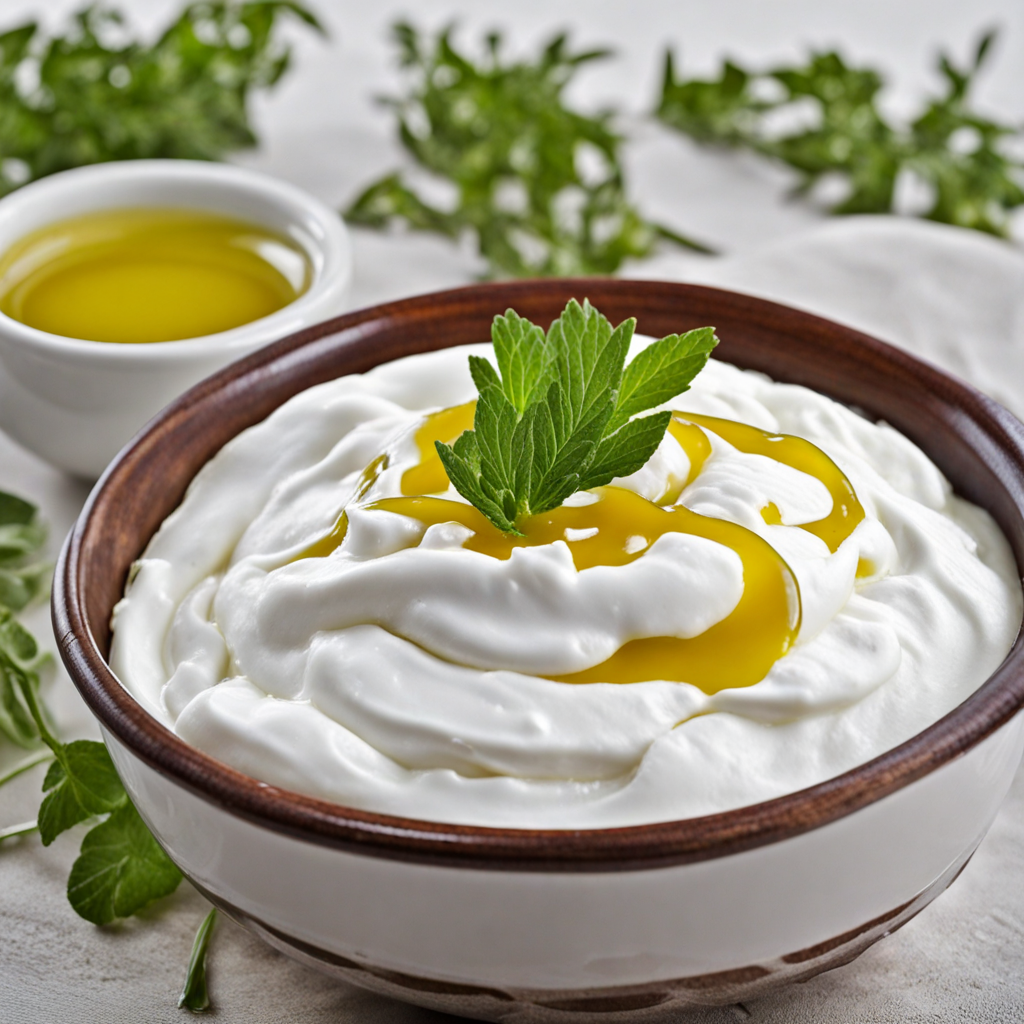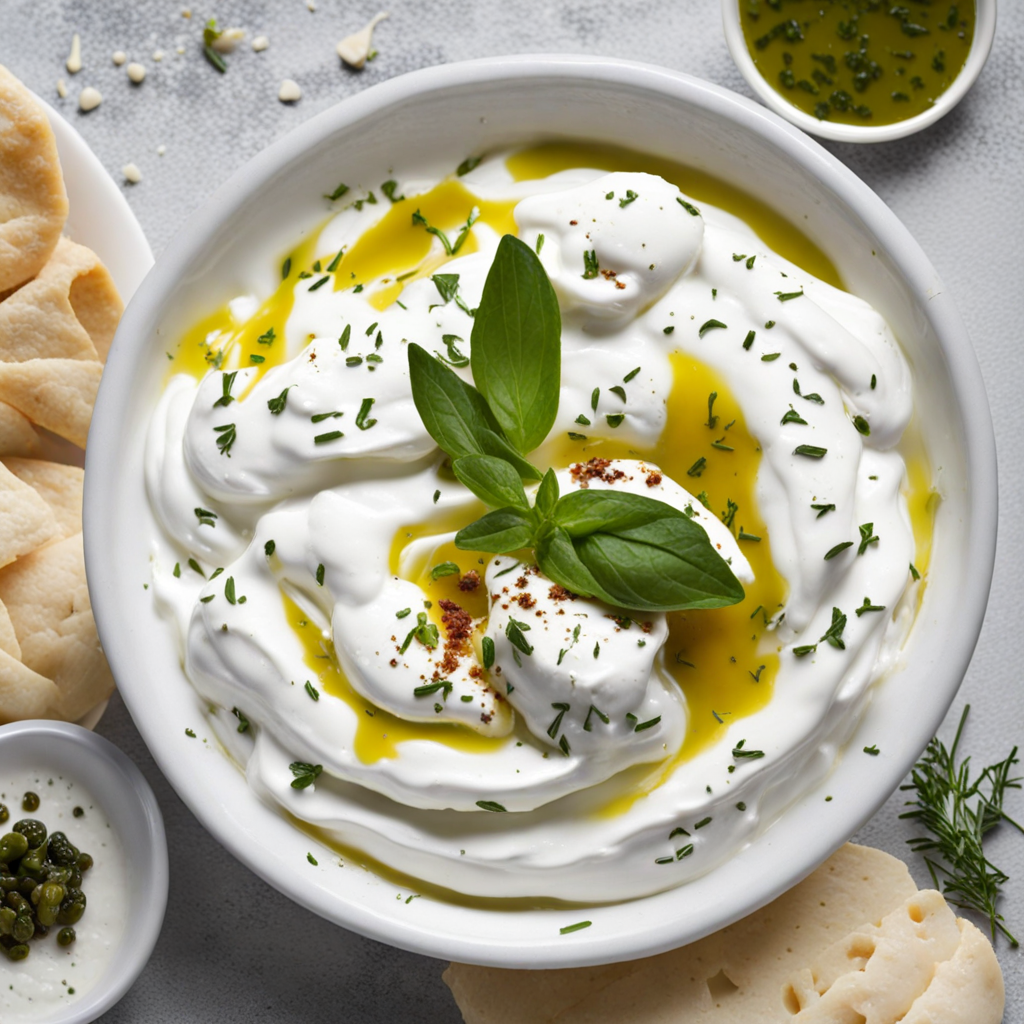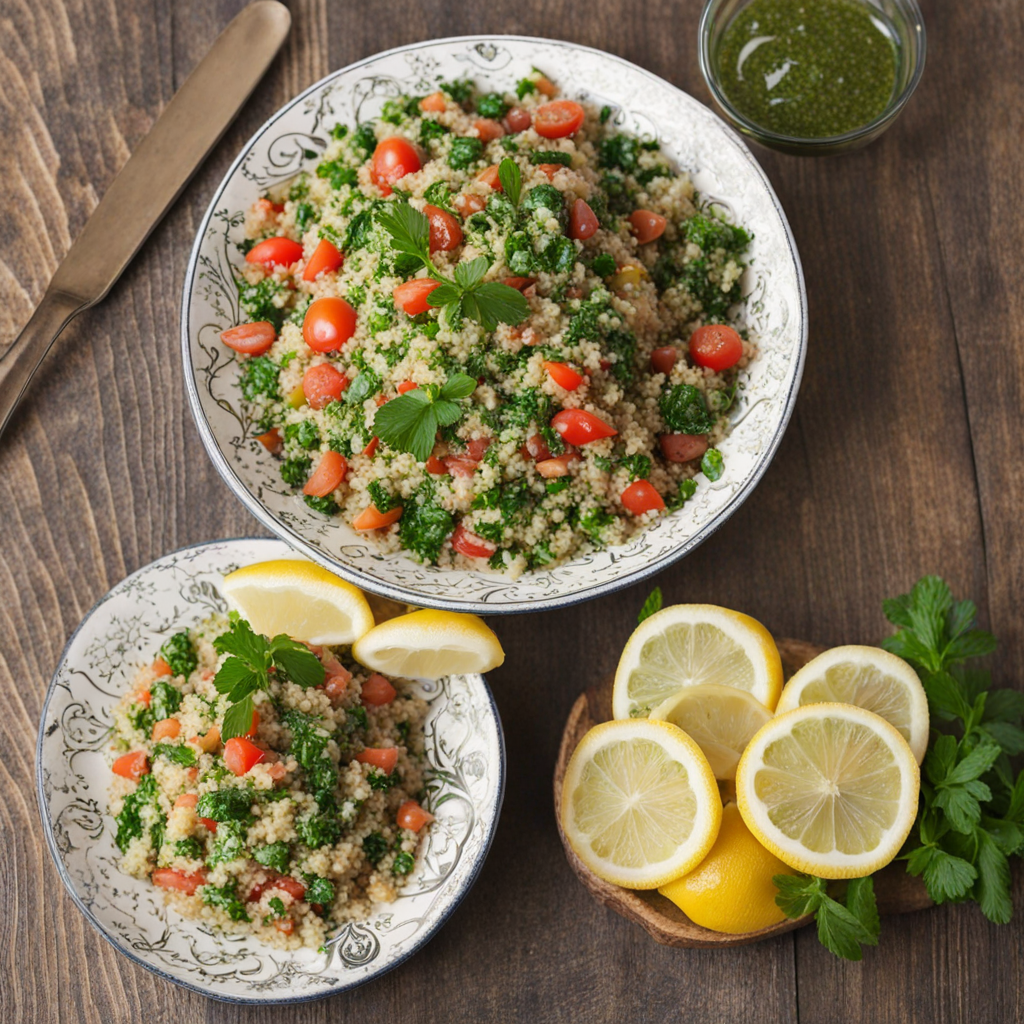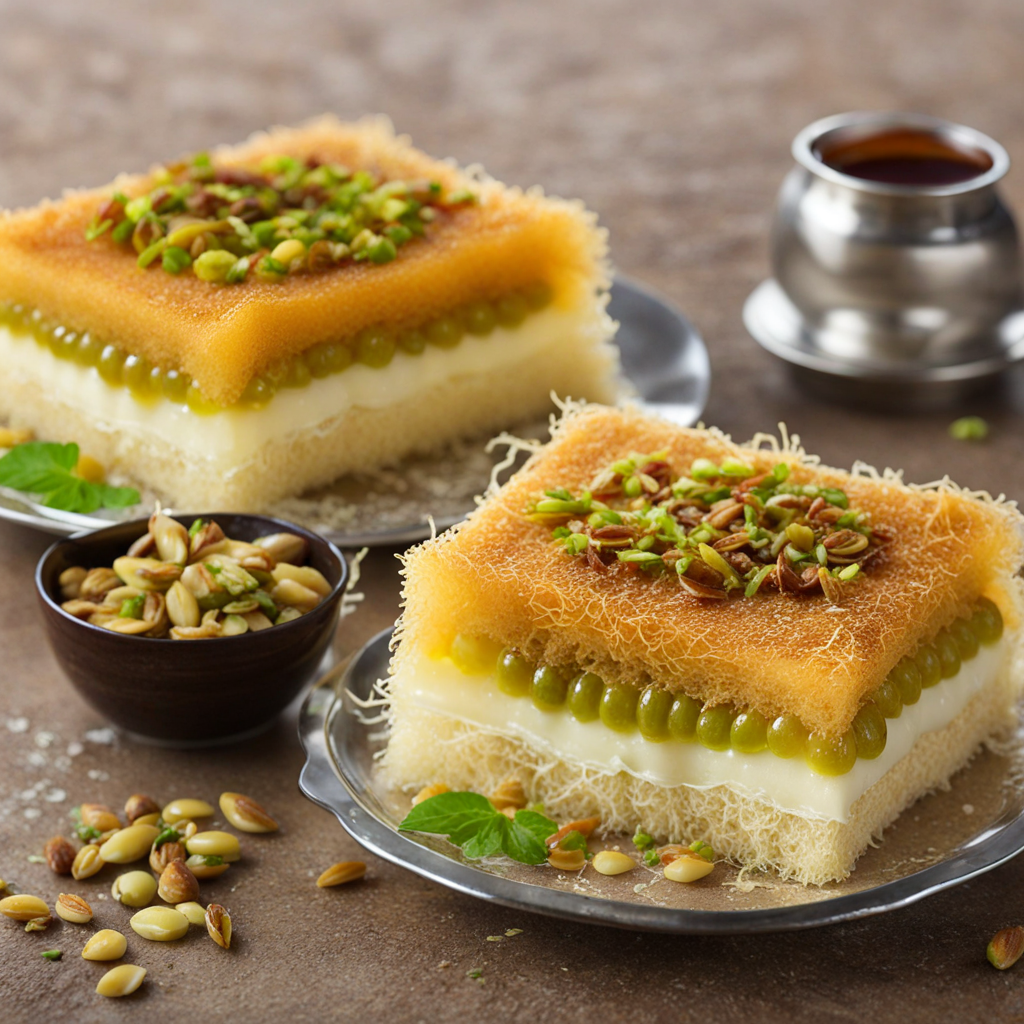Labneh
Labneh is a traditional Middle Eastern yogurt cheese that has its roots deeply embedded in Jordanian cuisine. This creamy delight is made by straining yogurt to remove its whey, resulting in a thick, velvety texture that is both luscious and satisfying. The flavor profile is tangy and slightly sour, making it a perfect companion for a variety of dishes. Often enjoyed as a dip or spread, labneh offers a refreshing contrast to the spices commonly found in the region's savory dishes. In Jordan, labneh is frequently served at breakfast or as part of a meze platter, where it can be drizzled with olive oil and sprinkled with za'atar, a fragrant blend of herbs and spices. This enhances its taste and adds an aromatic punch that elevates the simple yogurt cheese into a gourmet experience. It pairs beautifully with warm pita bread, fresh vegetables, or can be used as a base for toppings like olives, tomatoes, and cucumbers, making it a versatile and appealing dish for all palates. Beyond its flavor, labneh also boasts health benefits, being rich in probiotics and lower in fat compared to many cheeses. Its creamy texture and tangy taste make it an excellent alternative for those looking to enjoy a healthier version of spreads and dips. Whether you enjoy it alone or as part of a larger meal, labneh embodies the essence of Jordanian hospitality and culinary tradition, inviting food lovers to explore its unique taste and versatility.
How It Became This Dish
Origin of Labneh Labneh, a creamy and tangy strained yogurt, has its roots deeply embedded in the culinary traditions of the Middle East, particularly in countries like Jordan, Lebanon, and Palestine. Its origins can be traced back to ancient times, when nomadic tribes discovered the benefits of fermenting milk. By straining yogurt, they were able to create a more concentrated form of this nutritious dairy product, which could last longer without spoiling, making it a vital food source in arid climates. The process of making labneh is simple yet intriguing. Fresh yogurt is placed in a cloth or a fine sieve, allowing the whey to drain out. The result is a thick, spreadable cheese that retains the probiotics and flavor of the yogurt. This technique not only preserved the yogurt for extended periods but also enhanced its taste, giving rise to a cherished staple in the region's diet. \n\n Cultural Significance In Jordan, labneh is more than just a food item; it is a cultural icon that represents hospitality, family, and tradition. It is often served as part of a mezze platter, alongside an array of other dishes such as hummus, baba ghanoush, and olives. The preparation and sharing of labneh reflect the values of community and togetherness, as families often gather to enjoy meals that highlight their culinary heritage. Labneh is also a symbol of Jordanian identity. It is frequently featured in traditional dishes, such as "mana'eesh," where the labneh is spread on flatbread and topped with za'atar, a blend of thyme, sesame seeds, and sumac. This dish is not only a popular breakfast item but also a beloved street food that showcases the versatility of labneh in everyday meals. \n\n Development Over Time As trade routes expanded and cultural exchanges flourished, labneh began to evolve. Historically, nomadic tribes would carry milk in leather bags, allowing it to ferment naturally as they traveled. Over time, the process of making labneh became more refined, with different regions developing their unique variations. In Jordan, the addition of herbs and spices to labneh, such as mint or garlic, became common, enhancing its flavor profile and making it a versatile ingredient in various dishes. With the growth of urban centers and the influence of globalization, labneh has also found its way into modern cuisine. In recent years, it has gained popularity beyond the Middle Eastern region, appearing in gourmet restaurants and trendy cafes around the world. Chefs have begun to experiment with labneh, incorporating it into salads, desserts, and even as a base for sauces, showcasing its adaptability and rich flavor. \n\n Health Benefits Labneh is not only a delicious addition to meals but also a nutritious one. Packed with protein and probiotics, it is known for promoting gut health and aiding digestion. The fermentation process involved in making labneh enhances its nutritional profile, making it richer in beneficial bacteria compared to regular yogurt. This health aspect has contributed to its rising popularity in health-conscious circles, as people search for natural, wholesome foods that are both tasty and nutritious. Furthermore, labneh is often lower in fat than cream cheese or other spreads, making it a healthier alternative for those looking to reduce their caloric intake without sacrificing flavor. In Jordan, it is common to see labneh served with a drizzle of olive oil and a sprinkle of za'atar, transforming it into a flavorful dip that pairs well with fresh vegetables or bread. \n\n Labneh in Contemporary Society In contemporary Jordanian society, labneh continues to play a significant role. It is a staple in many households, often served at breakfast or as a part of a larger meal. Markets and local grocery stores frequently have fresh labneh available, with families often purchasing it from trusted vendors who specialize in traditional dairy products. This practice not only supports local businesses but also reinforces the importance of community in Jordanian culture. Moreover, labneh has become a canvas for creativity in home kitchens and restaurants alike. Home cooks experiment with flavors by infusing labneh with roasted red peppers, herbs, or spices, while chefs in upscale restaurants may serve it alongside gourmet dishes, elevating this humble food to new culinary heights. The versatility of labneh allows it to seamlessly transition from traditional fare to modern cuisine, making it relevant in today’s culinary landscape. \n\n Conclusion The journey of labneh from its ancient origins to its modern-day interpretations reflects the rich history and culture of the Jordanian people. It serves as a reminder of the importance of preserving culinary traditions while embracing innovation. As labneh continues to be celebrated both in Jordan and around the globe, it remains a testament to the enduring legacy of Middle Eastern cuisine, connecting generations through shared meals and memories. In Jordan, labneh embodies the spirit of hospitality, the warmth of family gatherings, and the pride of a rich culinary heritage. Whether enjoyed on its own, as part of a mezze spread, or incorporated into innovative dishes, labneh is a food that brings people together, making it an integral part of the Jordanian dining experience.
You may like
Discover local flavors from Jordan







